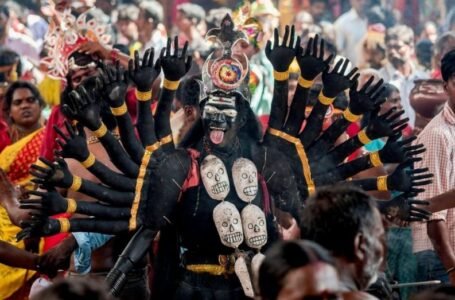Unlocking the Legacy of Banabhatta: Exploring the Mastermind Behind ‘Kadambari’

Banabhatta, a famous author of traditional Sanskrit literature, is a guiding light in the extensive canon of Indian literature. His literary skill helped to shape the development of Sanskrit literature in the seventh century CE, leaving a lasting impression on the fields of the arts and culture. The “Kadambari,” a compelling work of fiction that deftly combines love, fate, and spirituality into a captivating story, is Banabhatta’s magnum opus and the reason he is most well-known. This essay tries to explore the life, works, and continuing influence of Banabhatta, inspiring his priceless contributions to the canon of ancient Indian literature.
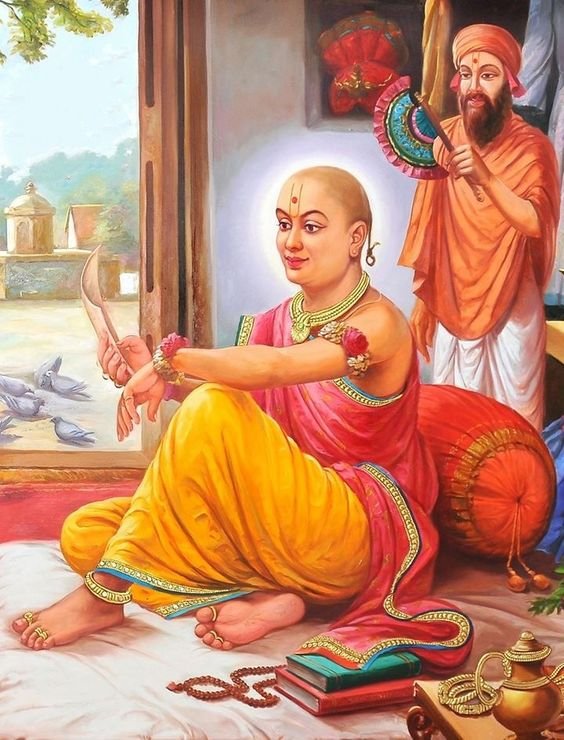
Early Life and Background of Banabhatta:
Banabhatta, also known as Ba, was born into a Brahmin household in the seventh century CE. His birth and early years are obscured by historical uncertainty, although it is generally accepted that he was born in an area of modern-day Uttar Pradesh, India. King Haravardhana of Theshvara (modern-day Thanesar) appointed Banabhatta to a high post in his court in addition to his distinctions as a poet and scholar.
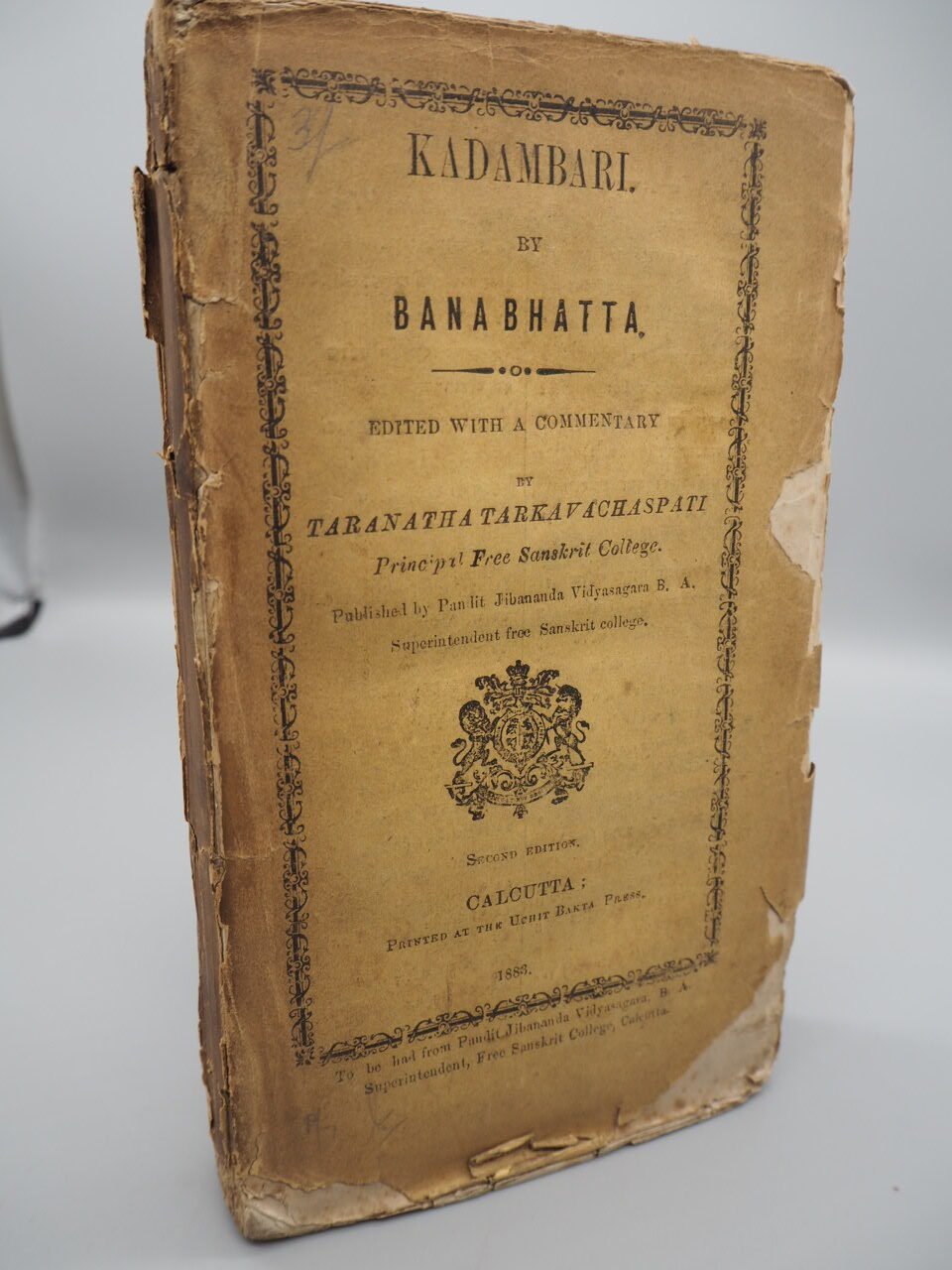
A Literary Jewel: The “Kadambari”
The “Kadambari,” Banabhatta’s most well-known work, is a superb prose romance that ranks among the best works of traditional Sanskrit literature. This outstanding work of literature is written in a distinctive form known as “camp,” which combines prose and verse. The “Kadambari”‘s” intricate, visually stunning story addresses the concepts of love, fate, and spirituality. The plot centers on the connected destiny of the two main protagonists, Kadambari and Chandraekhara, who go through different hardships brought on by supernatural intervention. Celestial princess Kadambari and aristocratic prince Chandraekhara are meant to be together through love and divine intervention. Banabhatta’s story explores the essence of love, the fleetingness of life, and the intricacy of fate while also having philosophical and metaphysical overtones.
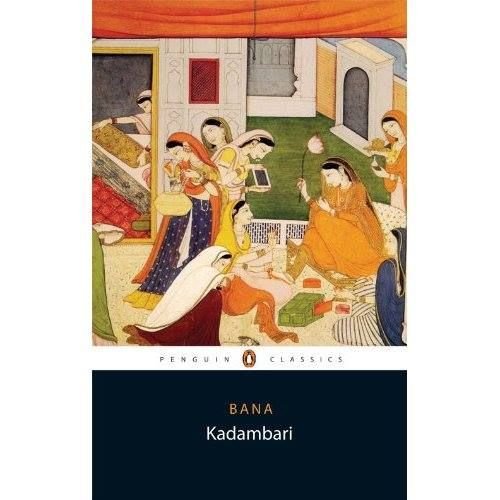
The “Kadambari” language and style demonstrate Banabhatta’s command of Sanskrit, fusing melancholy with complex wordplay and symbolism. This literary masterpiece has won respect from all generations due to the elegance of the text and the complexity of the characters. Kadambari, frequently recognized as a masterpiece of ancient Sanskrit literature, displays Banabhatta’s unmatched storytelling talent. The dense narrative, vivid descriptions, and flawless language use define this epic tale. The reader is captivated by Kadambari’s elaborate vocabulary and complex structure, which highlights Banabhatta’s command of the Sanskrit language. The destinies of the main characters, Kadambari and Chandraekhara, are intertwined throughout the story of Kadambari. It develops mystically and covers topics like love, fate, and the cyclical cycle of existence. Using a combination of prose and poetry, Banabhatta deftly spins a captivating narrative that holds the reader’s attention on several levels.

Legacy and Impact:
Banabhatta has had a significant impact on Sanskrit literature. His distinctive storytelling approach in the “Kadambari” established a new standard and influenced subsequent generations of authors and poets. The “camp” style of narrative, which is characterized by a combination of prose and verse, rose to popularity and influenced future literary works in several other languages.
The “Kadambari” translation into several languages throughout the years is proof of its timeless significance. The literary and philosophical richness of Banabhatta’s work has been acknowledged by academics and translators, who have worked to make it more accessible to a larger audience. Readers are still attracted to the “Kadambari” themes, which delve into the complexity of fate and the human experience.

Other well-known works by Banabhatta, such as the “Haracarita,” offer more context for the society, culture, and literary accomplishments of his period. His writings showcase the magnificence and vitality of a vanished age while illuminating the political and social person of ancient India. Finally, Banabhatta remains a timeless character in the canon of Indian literature. His creative brilliance, best seen in the “Kadambari,” continues to enthrall and inspire book lovers and academics, confirming his long-lasting reputation as an Indian literary master. Banabhatta holds a rightful position in the way of international literature thanks to his profound awareness of human emotions, philosophical insights, and unmatched storytelling.
Banabhatta displays his skill with metaphors, similes, and descriptive language in Kadambari. He uses words to construct detailed pictures that stimulate feelings and bring the settings to life. The reader is transported to an extinct era by the manner and language, which represent the cultural and social context of ancient India. This immersion provides knowledge about the customs and beliefs of the era while being entertaining and educating.
Banabhatta’s other notable book, Haracarita, is a biography of Kashmir’s King Hara. The Haracarita develops as an interesting story, rich with historical information, courtly intrigues, and lyrical flourishes. This historical account demonstrates Banabhatta’s mastery of the Sanskrit language and his capacity to create gripping tales. Banabhatta’s work is notable for its skillful use of language to communicate both literal and metaphorical meanings. He can explore the depths of emotion, philosophy, and human experience because of his grasp of Sanskrit. The complex insight into human psychology that Banabhatta had is reflected in the characters’ talks, actions, and interior reflections, which give them life.
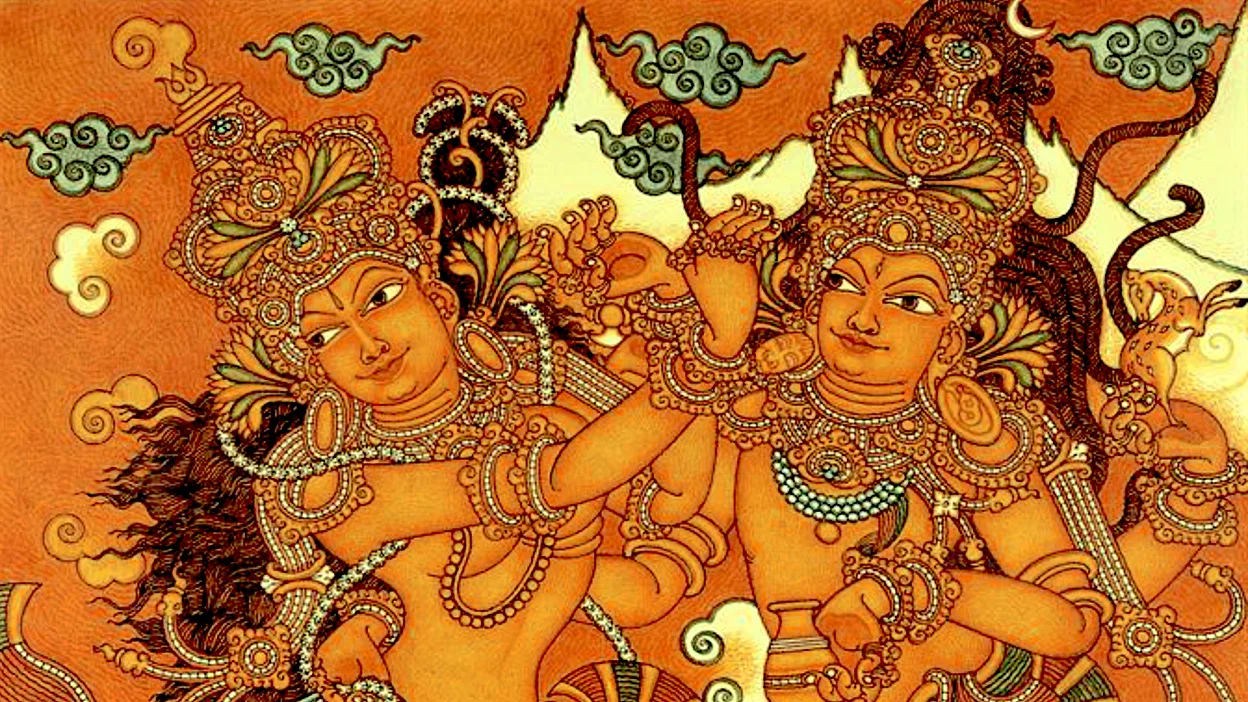
The literary works of Banabhatta have endured the test of time and continue to resonate with readers of all ages. His writings are still being studied by academics and aficionados, who are discovering deeper levels of meaning and admiring the pure elegance of his prose and poetry. The fundamental books Kadambari and Haracarita continue to provide important insights into ancient Indian philosophy. Banabhatta’s impact is seen outside of the literary world. Numerous authors, poets, and painters have been influenced by his works, which have helped to shape Indian literature and culture. Love, destiny, morality, and the human condition are some of the timeless topics he covered in his writings, and they are still relevant and thought-provoking today.
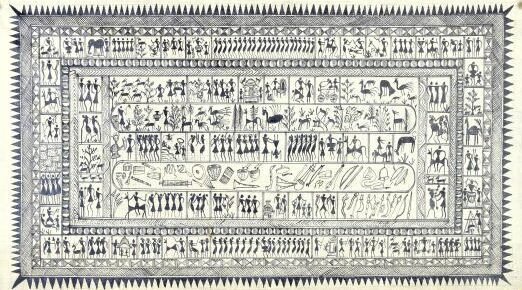
Conclusion:
Banabhatta represents the peak of traditional Sanskrit literature with his foundational works like Kadambari and Haracarita. He has been elevated to the status of a literary god because of his skill as a writer and his profound knowledge of social dynamics and human emotions. Because of the everlasting beauty of his ideas and words, Banabhatta’s legacy continues to benefit the world.

